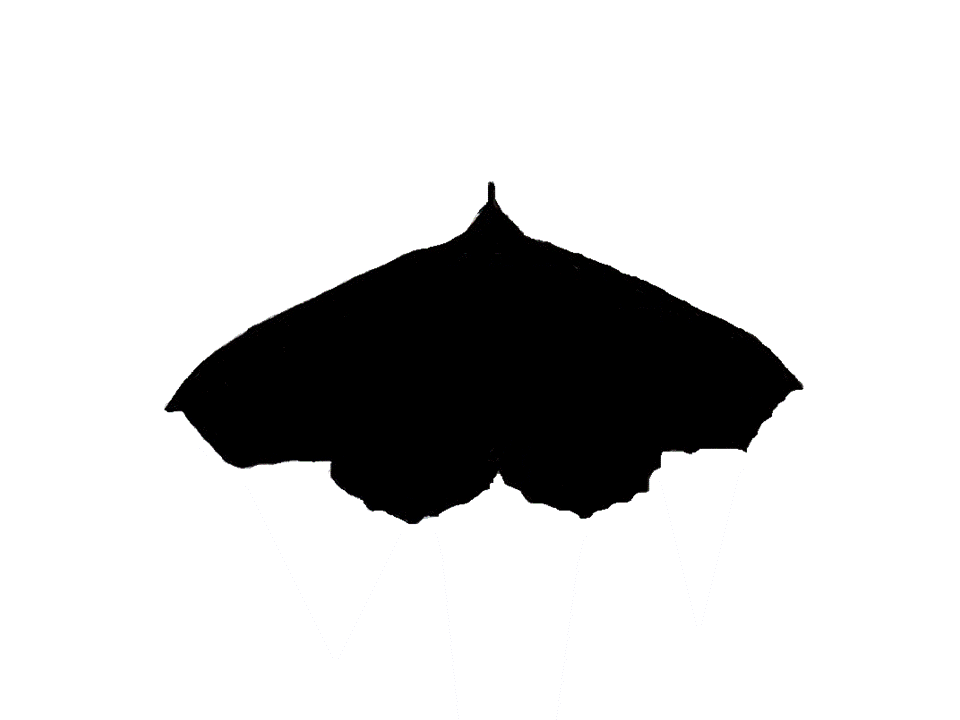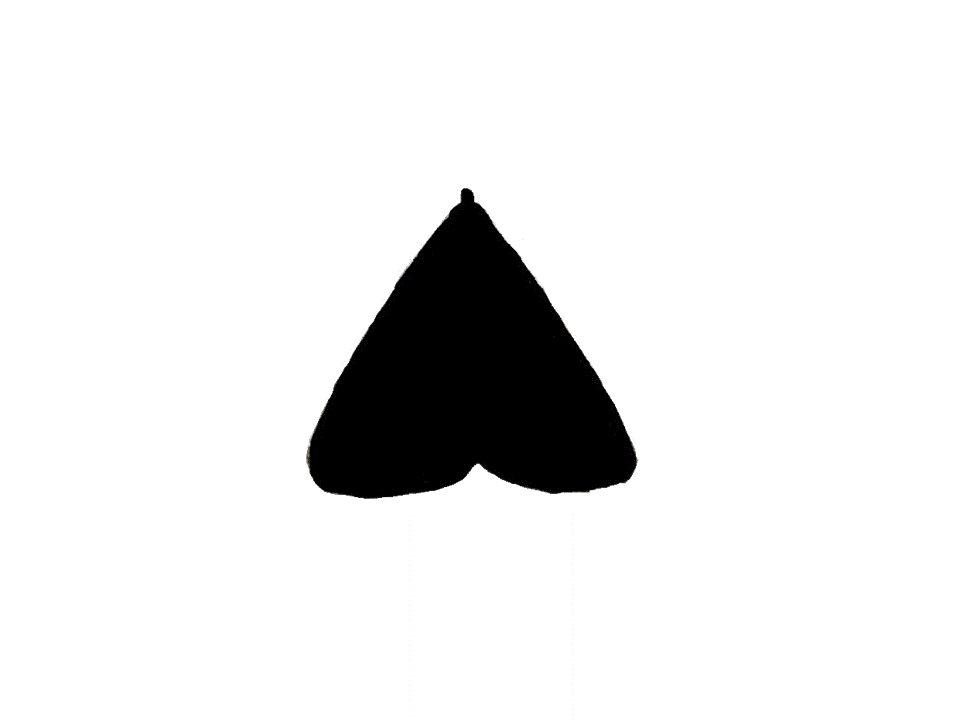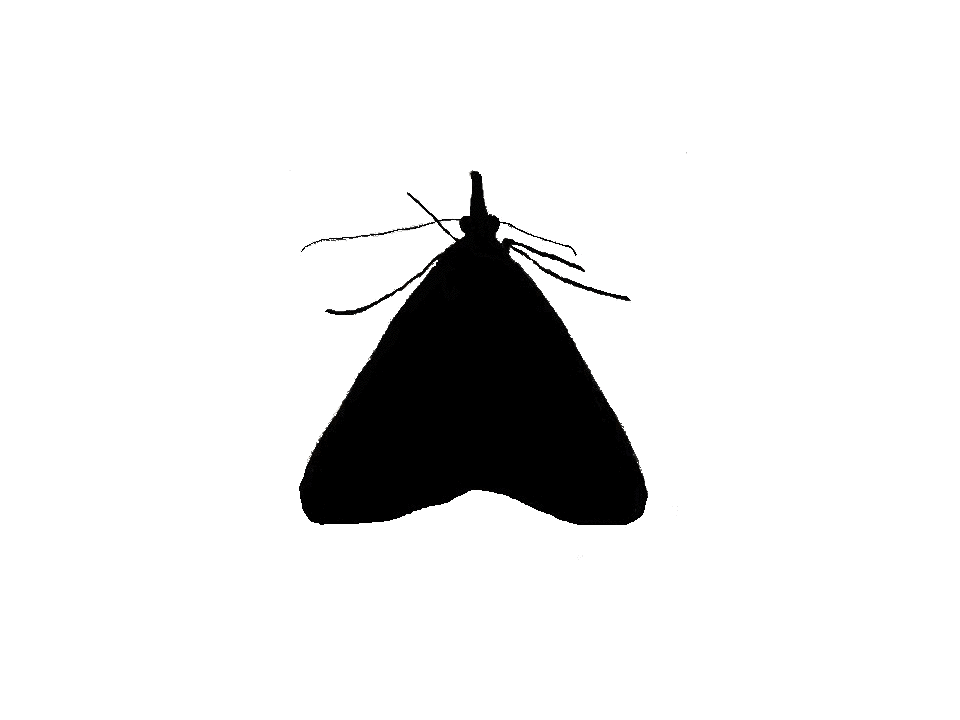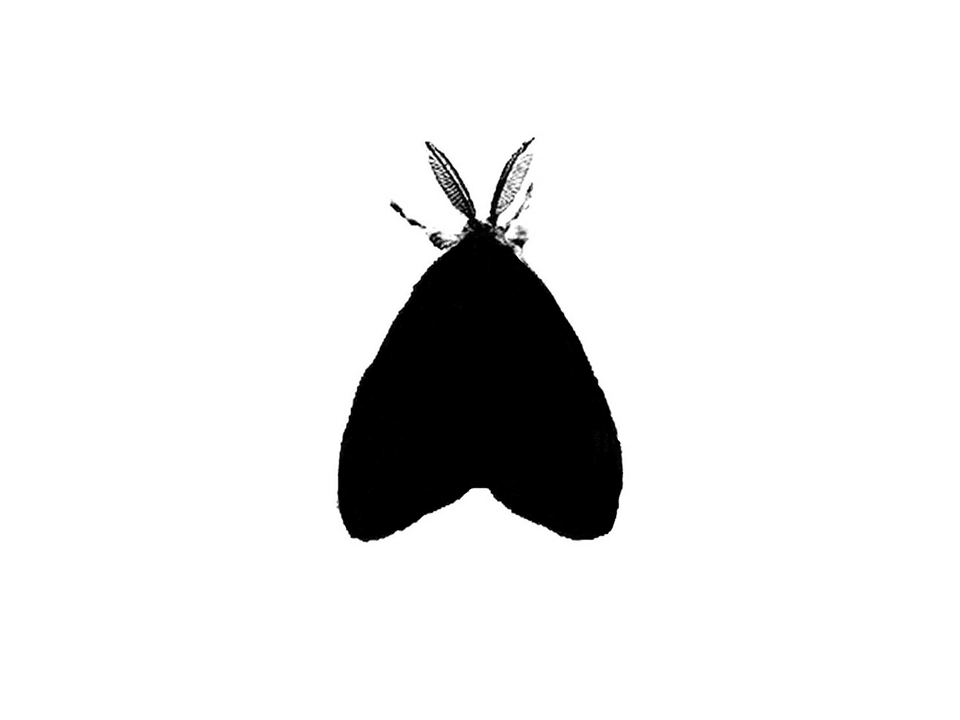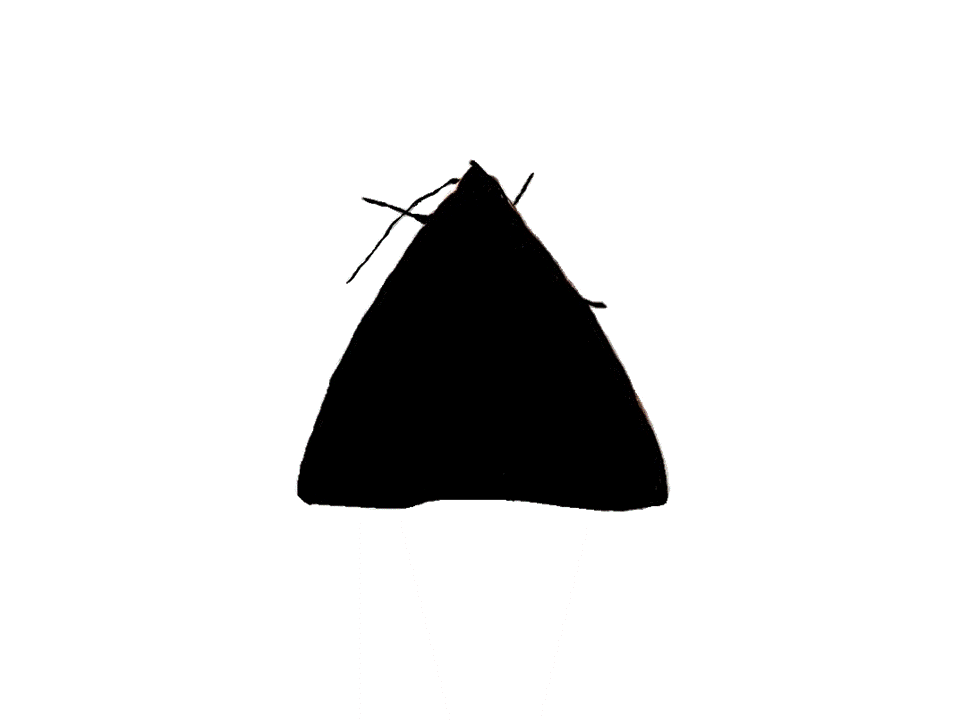top of page
PHILIPPINE
LEPIDOPTERA
Philippine
Moth Album #3
(EREBIDS)

Simple key to major moth groups in GALLERY C.
The silhouettes are general in nature, and there are exceptions in each group.
* Some of the moth silhouettes are from BugGuide.net http://bugguide.net/node/view/21675
(Hover on the moth silhouette and to view album)

Please reload
bottom of page


